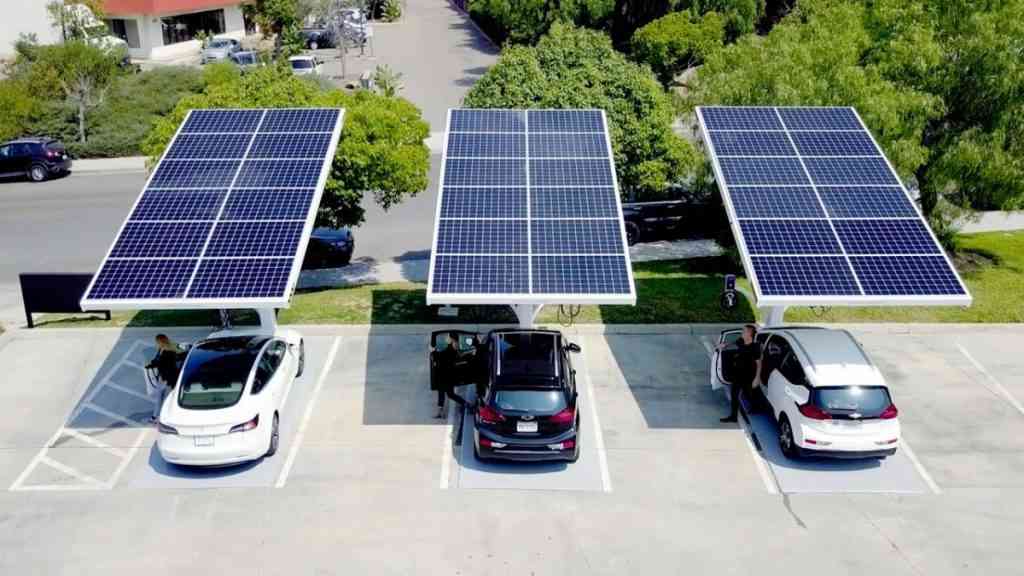
While exceeding the very low expectations when the meeting started, commitments under the Durban package to various actions by 2015, 2020 and beyond are in fact way behind what was visualised at the 13th Conference of Contracting Parties to the UN Framework Convention on Climate Change in Bali, where nations pledged to work out a new, extensive post-2012 regime by the end of 2009.
News emerging just days after the Durban conference ended opened up new causes for alarm. Canada officially announced its withdrawal from the UNFCCC’s Kyoto Protocol — only rescued here from irrelevance after the end of its first commitment period (2008-2012) for greenhouse gas emission reductions due to tough diplomacy by the EU in alliance with some 100 poor and vulnerable developing nations.
The alliance supported a second commitment period on condition that there would be a roadmap towards adopting a legally binding agreement on all climate issues by 2015.
Canadian Environment minister Peter Kent stated that by withdrawing now Canada would avoid a huge fine under the Protocol for its inevitable failure to meet its 2012 emission reductions commitment. Another reason ascribed by commentators is the rapidly increasing already high carbon dioxide emissions from its growing tar sands oil extraction operations in Alberta.
The International Energy Agency (IEA) announced new projections for hugely escalating coal use up to 2016. Its executive director, Maria van der Hoeven had previously stated to the conference that according to IEA’s recent World Energy Outlook, “unless we change course immediately, then by 2017 we will have locked-in the carbon allowance of the energy sector to 2035, if we are to limit global temperature increase to 2C. The door to achieving our objectives is rapidly closing. Don’t wait for a global deal. Act now”
Finally, the UK’s Independent newspaper revealed shocking findings by a Russian scientific mission of huge “fountains” of methane, a greenhouse gas 24 times more potent than carbon dioxide, spewing out of the Arctic as the sea ice continues to melt. Scientists estimate at hundreds of millions of tonnes the methane currently locked into the Arctic permafrost extending into Siberia, fearing a sudden, massive release as temperatures continue to rise.
- Chamisa under fire over US$120K donation
- Mavhunga puts DeMbare into Chibuku quarterfinals
- Pension funds bet on Cabora Bassa oilfields
- Councils defy govt fire tender directive
Keep Reading
Upbeat welcomes for the Durban package from the UNFCCC’s executive secretary, Christiana Figueres and the UN Secretary-General Ban Ki-Moon contrasted with the less enthusiastic comments from other parts of the UN.
A media release from the Intergovernmental Panel on Climate Change admonished nations to heed the recommendations of its Fourth Assessment Report (2007) emphasising that “the earlier action is taken, the cheaper and more effective it will be”.
The statement recalled key report findings that in order to limit the global temperature increase to 2C over pre-industrial levels, (seen as the maximum safe level) global greenhouse gas emissions must fall by 2050 by 50-85% below 2000 levels, peak well before 2020, requiring overall emissions from industrialised countries (including Malta) to be reduced overall by 25-40% below 1990 levels.
Substantial deviations from the current trend in developing countries and emerging economies would also be required.More recent scientific findings however, indicate that a safe increase is only +1.5C, actively advocated within UNFCC by over 100 most vulnerable developing nations.
The executive director of the UN Environment Programme Achim Steiner welcomed positive features but added that the core question remains that of whether more than 190 nations can cooperate in order to peak and bring down emissions to the necessary level by 2020 remains open — it is a high risk strategy for the planet and its people.
The current “bottom up” approach by nations “needs a top to which it can aim — and a time line for building that top is narrowing every year”.
Leading environmental and development NGOs slammed the Durban package for putting “polluters before people”, leaving the world on the way to a catastrophic temperature increase within this century of 4C above pre-industrial levels.Concerted pressure of the EU-developing nations alliance was seen to shift China, India and the US, accounting for nearly half of the world’s total GHG emissions, from their original total opposition to a legally binding agreement on future emission cuts being concluded before 2020. However, the final successively weakened wording on an agreement to be adopted by 2015 and implemented by 2020 reflects the diplomatic price of their assent.
Three alternative formulations contemplated in the Durban package are: “a protocol, another legal instrument or an agreed outcome with legal force” under the UNFCCC “applicable to all parties”.
The Kyoto Protocol’s second commitment period will go from 2013 to 2017 or 2020, to be decided, along with the depth of obligatory emission reductions of each party, under discussion since 2006 (minus Russia and Japan who refuse to commit).
Current non-binding pledges made by Kyoto Parties at the 2009 conference in Copenhagen and expected to commit again add up to less than 15% of the world’s greenhouse gas emissions.
Thanks to sustained pressure from EU and its allies, a working group will focus on how to close the “ambitions gap” between current pledges and what reductions are required by 2020 to meet the +2C target.
These discussions will be paralleled by further talks to decide on a peaking year for emissions, a possible lower temperature increase goal and a long-term target for 2050. A review between 2013 and 2015 informed by the next IPCC report emerging then will underpin these talks.
Other decisions generated progress on topics agreed at last year’s conference in Mexico relating to adaptation, technology, forestry and the operationalisation of the Green Climate Fund.
To reach $100bn a year by 2020 so as to assist developing nations in implementing climate mitigation and adaptation policies, just how this Fund will be resourced and how much will be available at its start-up date of 2013, remain to be resolved
Briefing the press after the conference, EU Commissioner Hedegaard stated that: “While there had been many last-minute compromises, some ‘for strange reasons’ we have made a very significant step forward in the fight against climate change. We will go back to Europe to try to push for more ambition, transformation into green energy, to be front runners and lead by ambition.”











